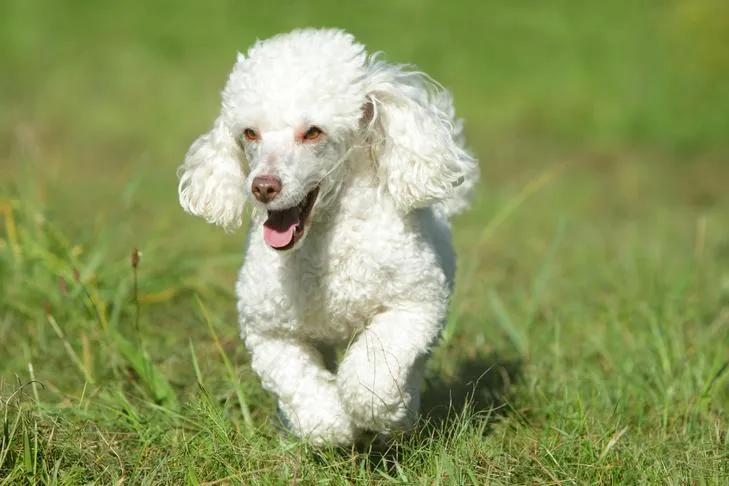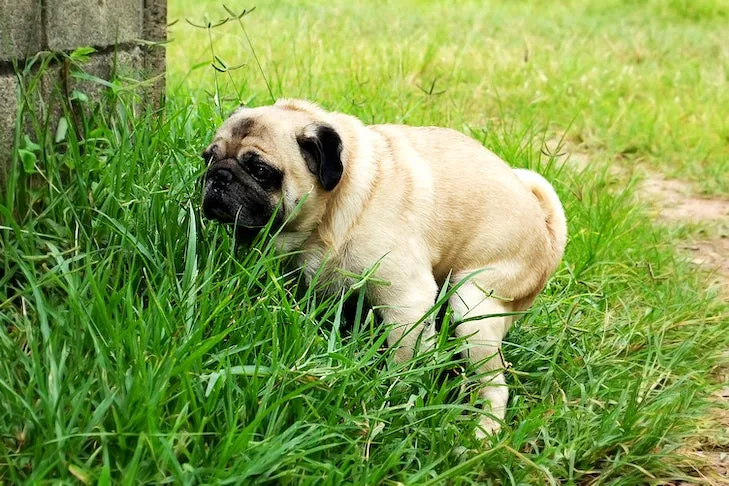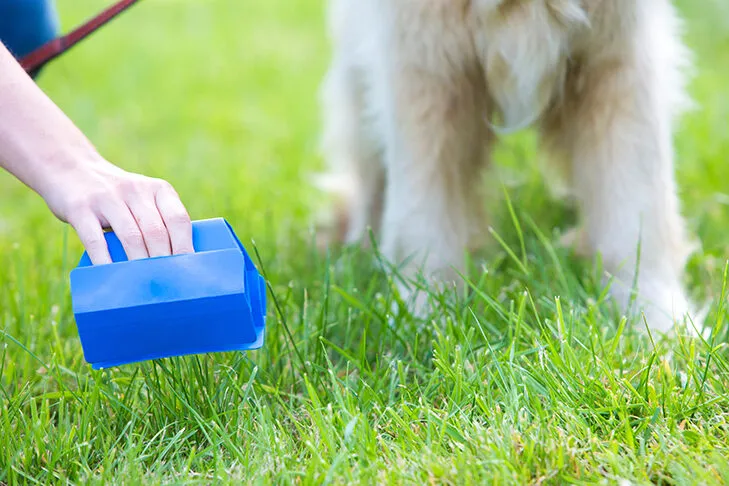Has your furry friend started having accidents indoors, or perhaps they’re taking an eternity to relieve themselves when you’re out? Retraining your dog to poop outside efficiently can save you frustration and ensure a cleaner home. This invaluable skill is not only convenient for pet parents but also crucial for your dog’s well-being, especially during inclement weather, when traveling, or before entering public spaces. Mastering this behavior will help your dog understand expectations and make outdoor potty breaks a quick, predictable routine. If you’re looking for guidance on other aspects of canine behavior, understanding what tricks can i teach my dog can also enhance your training journey, creating a stronger bond and a more obedient companion.
Understanding Why Your Dog Might Not Be Pooping Outside
Before diving into retraining, it’s helpful to consider potential reasons why your dog might be struggling with outdoor pooping. Factors like age, recent changes in routine, new environments, stress, or even underlying health issues can cause a regression in potty habits. Some dogs may also have developed a preference for softer indoor surfaces or simply haven’t generalized the “outside” concept sufficiently. Identifying the root cause can inform your retraining strategy, ensuring it’s both effective and empathetic to your dog’s needs.
Choosing Effective Cues for Pooping
Teaching your dog to poop on cue is entirely achievable, making the process much more streamlined. To ensure clarity for your dog, it’s best to have a distinct verbal cue specifically for pooping. While straightforward options like “poop” or “business” are common, you can choose any word that works for you and your dog. The key is consistency in its use, creating a clear association between the word and the action.
Step-by-Step Guide to Retraining Your Dog to Poop Outside
The beauty of retraining your dog to poop outside on cue is that you’re associating a command with a behavior they already perform daily. This natural frequency provides ample opportunities for practice, making the training process easier and often quicker than teaching an entirely new trick. Think of this as reinforcing their understanding of appropriate elimination zones.
Step 1: Prepare for Potty Success
Anticipate when your dog will need to poop, such as after waking up, eating, or playing. Always be ready with high-value treats when you take them outside. This preparation ensures you can immediately reward the desired behavior.
Step 2: Observe Quietly
When you’re outside and your dog is searching for the perfect pooping spot, refrain from speaking or interacting. Allow them to focus on the task at hand without distraction.
Step 3: Cue and Reward as They Go
As soon as your dog begins to squat or actively poop, prepare to introduce your chosen cue, followed by praise and a treat. The timing here is crucial for building the correct association.
Step 4: Time Your Cue Precisely
Introduce your verbal cue (e.g., “business time”) as your dog is nearing completion of pooping. It’s important to only use the cue while they are actively eliminating. Waiting until they are almost done prevents them from being startled or stopping mid-potty when they hear your voice or a clicker.
Step 5: Reinforce the Association
Once your dog starts to connect the verbal cue with pooping, you can begin to use it just as they initiate the behavior. For example, as they squat, say “business time.” Once they finish, offer enthusiastic praise like “Good business!” or pair it with a clicker if you’re clicker training and a treat.
Step 6: Test the New Cue
After consistent practice over several days or weeks, when your dog demonstrates a clear understanding, try using the cue proactively. Take your dog to a quiet outdoor spot and give your cue. When they poop, lavish them with praise and rewards.
 Toy Poodle running in the grass, illustrating outdoor activity.
Toy Poodle running in the grass, illustrating outdoor activity.
Maintaining Consistency in Retraining
Consistency is paramount in all aspects of dog training, and it’s especially critical when retraining your dog to poop outside on cue. Every time your dog eliminates outdoors, it should be consistently paired with your verbal cue and a rewarding experience. To make this easier, consider keeping a stash of treats by your door, so they’re always within reach when you head outside.
When your dog fully comprehends the cue, they might make an effort to poop whenever they hear it, even if they don’t have a strong urge. This could manifest as a quick squat or a minimal effort to eliminate. It’s vital to reward these attempts generously, as they are strong indicators that your dog understands and is responding to the “poop outside” cue. This reinforces their efforts and encourages continued compliance. If you are training a younger dog, consistency is also key to teaching them how to get your puppy to walk with you properly on a leash.
Making Potty Time Enjoyable and Rewarding
While the primary motivation for retraining your dog to poop outside quickly is often to avoid long waits in bad weather, remember that being outdoors is often a highly enriching experience for dogs. They enjoy the smells, sights, and sounds. If you immediately rush back inside after they poop, your dog might associate the cue with the abrupt end of their outdoor fun, even if they receive a treat. This can create a negative association or make them reluctant to perform the desired behavior.
To prevent this, in addition to verbal praise and treats, incorporate environmental rewards. After your dog successfully poops on cue, allow them extra time to sniff around, continue your walk, or engage in a quick game of fetch. This balances the training with enjoyable activities, reinforcing the positive aspects of outdoor time.
 Pug actively pooping outdoors in tall grass, demonstrating natural behavior.
Pug actively pooping outdoors in tall grass, demonstrating natural behavior.
Diversifying Potty Locations
To ensure your dog is reliable with their “poop outside” cue, it’s essential to practice in a variety of locations. Begin in familiar, easy spots like your backyard or local sidewalk. Gradually introduce new environments, such as different neighborhoods, parks, or even while visiting friends. Dogs are situational learners; without varied practice, they may struggle to perform a learned behavior in unfamiliar settings. By diversifying locations, your dog will generalize the skill, making them capable of pooping on cue almost anywhere, which is incredibly useful for travel or unexpected situations.
 Dog waste bags and dispenser for responsible clean-up.
Dog waste bags and dispenser for responsible clean-up.
Conclusion
Retraining your dog to poop outside on cue is a highly valuable skill that brings convenience to you and clear expectations for your dog. By consistently applying positive reinforcement, choosing distinct cues, and making outdoor potty breaks a positive experience, you can help your dog confidently and reliably eliminate in appropriate outdoor areas. Patience, understanding, and consistent practice are your best tools in achieving this goal, strengthening the bond between you and your well-trained companion. If you continue to face challenges, consider consulting with a professional dog trainer to tailor a plan specifically for your dog’s needs.
